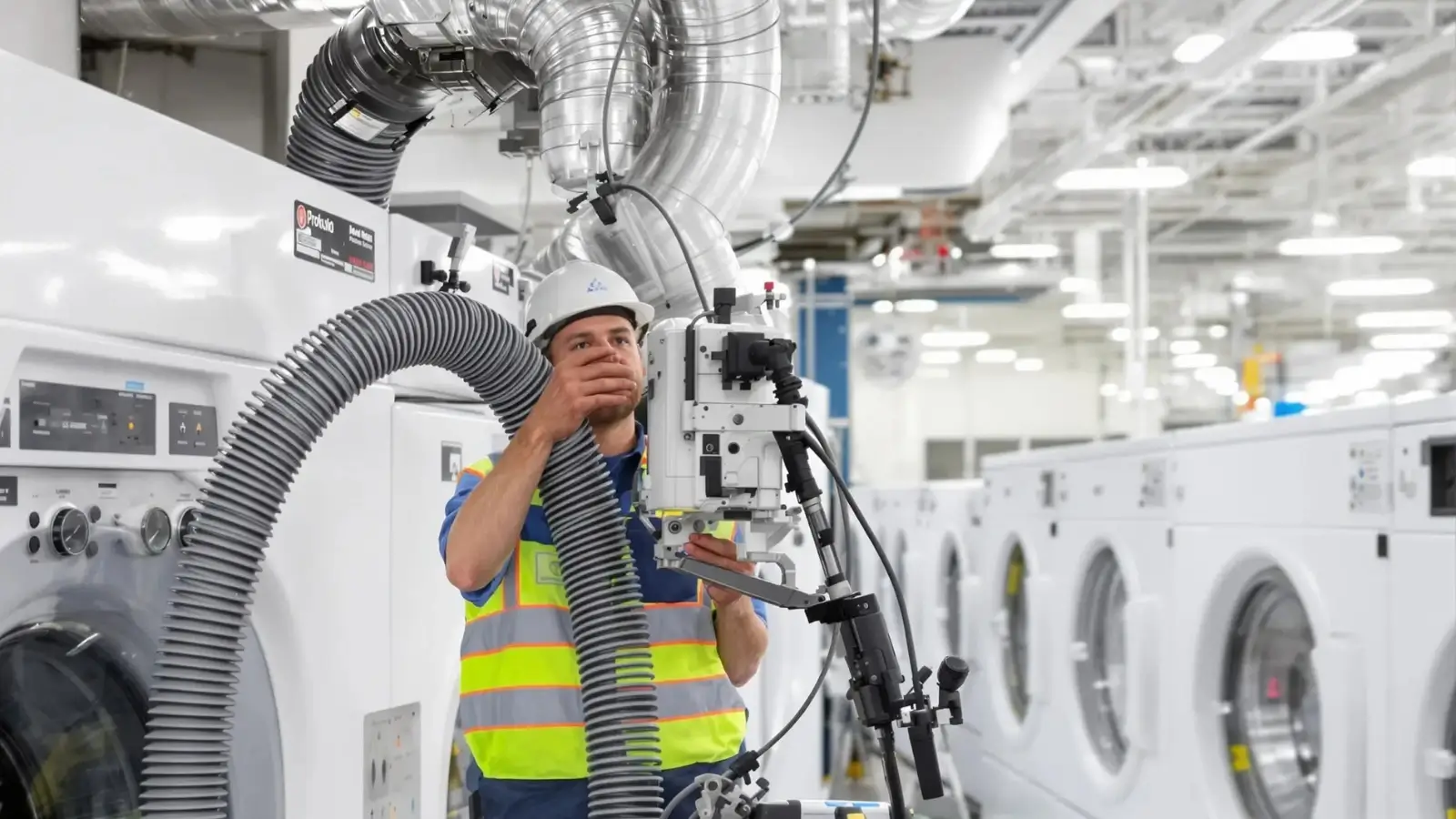


Commercial property management often centers on visible issues including tenant communication, routine upkeep, and budgeting. Yet, certain risks remain unnoticed beneath the surface. If left unaddressed, these issues can threaten both operational continuity and building safety. Managers, even those with years of experience, can miss subtle indicators that signal underlying hazards.
Many of these unnoticed risks include areas such as lighting, signage, and hardscaped surfaces, which are frequently neglected during routine checks and can lead to serious liability if not handled properly.
Fire safety routines tend to focus on major systems such as alarms or sprinkler operations. However, commercial dryer venting should not be ignored. Failing to clean or maintain vents creates a situation in which fire can start and spread quickly, raising risk for both tenants and owners.
Lint accumulation in dryer vents can increase fire risk because lint is a combustible material that may ignite when exposed to high temperatures.
The costs of a dryer vent fire go beyond structural damage. Business interruption due to repairs, safety reviews, or even partial closures adds serious losses, though industry-wide data is limited. Poor safety management can also lead to higher vacancy rates and reduced asset value.
Insurers pay close attention to fire loss history. While direct links between fire cause and premium hikes vary, incidents affect ratings. Poor safety records can push insurance premiums higher and may result in reduced coverage options.
Treat dryer venting not as a minor routine but as an important risk control. Regular attention to this area supports business continuity and helps meet health and safety obligations.
Operational impacts from unnoticed venting issues reach much further than the occasional equipment breakdown. Ineffective maintenance of commercial vents leads to financial losses as well as physical risk.
Obstructed or poorly maintained vents lower the efficiency of large appliances. Dryers and HVAC units work harder, resulting in unnecessary energy use. Proper dryer venting can help reduce energy consumption in commercial laundry environments.
Premature appliance failure is another concealed outcome. Vents clogged with lint or debris force dryers and air handlers to operate under stress, which may shorten service life. These types of out-of-cycle replacements can create unplanned financial obligation and disrupt business predictability. Selecting the right dryer vent parts is a practical step to ensure ongoing compliance and reliable operation.
Occupants also experience the effects. Indoor air quality declines when airflow is restricted, which can negatively affect tenant productivity and comfort.
Minimize these long-term costs through a consistent routine of vent cleaning and inspection. Scheduled services often deliver returns that far outweigh upfront costs, through longer appliance lifespan, fewer breakdowns, and reduced energy bills.
Regulatory standards for commercial building systems change frequently. Increased scrutiny in codes now places more responsibility on property managers for ventilation inspection and documentation, especially in facilities with extensive laundry or kitchen operations.
Building codes and industry guidelines are increasingly emphasizing the importance of frequent inspections for dryer and HVAC venting. Relying on past routines can result in costly consequences if issues are discovered during audits.
Common compliance failures occur when ducting uses improper materials, exceeds maximum lengths, or lacks clear access for maintenance. Local authorities may set fines for ongoing or repeated issues, and these can become significant depending on the nature and duration of the problem.
With regulation evolving quickly, documentation and regular internal checks allow property managers to steer clear of enforcement actions and maintain a safer property. Updated digital tools ease compliance, helping to manage records and ensure that inspections never fall behind schedule.
Using technology strengthens a property's risk reduction approach. Networked sensors installed within vents or near mechanical systems monitor airflow and identify overheating or blockages. Alerts from these systems help address minor issues long before they become severe.
Platforms that use predictive data provide early warnings and automatic scheduling of maintenance, resulting in less unplanned equipment downtime and better allocation of staff hours. Automated compliance software captures inspection dates, technician actions, and system conditions.
However, the best results are achieved when property managers combine technology with hands-on routines. Well-trained teams using reliable digital systems provide effective protection against hidden facility risks.
Developing a risk management strategy for ventilation means careful examination of all air movement components. Record the age of each system, check service histories, and note compliance concerns across occupied areas.
Initial audits often show gaps in inspection records or missing service data. Addressing these straightforward errors usually delivers immediate improvements in safety and regulatory standing.
Ongoing maintenance schedules should follow guidance from manufacturers and consider a building's particular needs. Areas with high usage need more frequent checks. Maintenance staff require clear training to notice signs such as excess heat or longer drying cycles.
Switching to electronic record-keeping helps property managers demonstrate proper care in audits, speed up insurance processes, and show tenants that their safety is a priority. Digital records also help track trends and spot repeating problems early.
Properties with consistent preventative care are often more attractive to quality tenants, can support higher occupancy rates, and may experience fewer disruption events. Poor safety management is often associated with higher tenant turnover, making regular maintenance a key factor in occupancy rates.